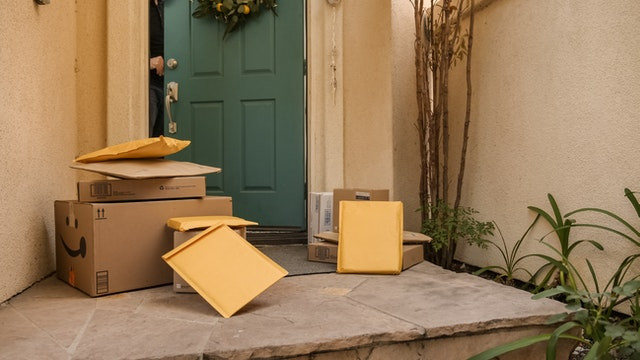
Global Packaging Trends in 2019
29th Jan 2020
The last few decades have seen the global packaging industry transformed. 2019 was characterised by several emerging packaging trends, which have caused packaging to consist of more than simply containers for the process of transport and sale of an item. Packaging today is one of the most essential elements for product design, branding, marketing, and user experience. As a result, several conflicting trends have grown. Here, we look at ways that we can reconcile all the demands on packaging design, with a focus – of course – on sustainability.

'Green' Packaging
Green packaging is a fast-growing area of demand. As consumer awareness around the environmental issues of packaging, so too must brands and manufacturers find ways to improve their packaging materials. Emerging bio-based, compostable, and renewable materials has allowed the green packaging movement to flourish.
Luxury Packaging
Companies are making their packaging more luxurious to appeal to millennials. The increasingly disposable income of millennials, as well as growing global urbanisation, has led to a demand for luxury packaging in consumer goods. As millennials in urban areas typically spend more on almost all categories of consumer goods and services than consumers in non-urban areas, demand for premium, aesthetic, functional, and convenient packaging has risen. This is especially for packaging of premium consumer goods such as beauty products. However, when businesses focus on developing premium and innovative packaging to make more luxurious products, the sustainability of the packaging often reduces.
E-Commerce Packaging
The rise of online shopping has prompted demand for more international shipping of goods. The growing e-commerce market boosts the packaging demand around the world, with a need for practical and safe packaging to transport product between countries and often continents. The convenience of online shopping and the rise of internet services particularly in places like India, China, Brazil, Mexico, and South Africa has enabled this. However, shipping products long distances, with the necessary sturdy, often resource-intensive, packaging that requires increases the carbon footprint of a product and often uses non eco-friendly packaging.
Flexible Packaging
Flexible packing - usually made of plastic or aluminium - is mostly used for food and beverages. Flexible packaging is one of the fastest growing segments in the global packaging industry, due to its cost-effectiveness, good quality, convenience, and practicality. Customers increasingly prefer packaging which requires minimum time and effort to open, carry, and store such as zippers, tear notches, peel-off lips, hang-hole features, and microwaveable pouches. Flexible packaging is most wide-spread in the food and beverage market, but it is expected to grow in the pharmaceuticals and cosmetics industries. So often, convenience and sustainability seem incompatible. This is due to the fact that the ultimate convenience material is plastic – you can stretch it, bend it, fold it, tear it, make it hard or soft. So how does this trend fit in with a growing need for eco-friendly products?
The Answer
We need a way to combine these often conflicting demands to cater to all interests. The answer, of course, is that a simultaneous growing demand for these four packaging trends may force businesses to accommodate all at once. One can hope that the combined demand of green and luxury packaging means that businesses will be put under pressure to find a solution that can encompass both. More overseas shipping of online orders will create a need to power that transport with renewable energies. And the technology of bioplastics is improving, so much so that there are many options which would allow businesses to use plant-based plastic alternatives for packaging designs including flexible and sturdy packaging. However, these changes will not happen without customer pressure. Consumers drive trends, not businesses. So ask for sustainable, luxury, flexible options – they are out there, and businesses must keep up or fall behind.
Information taken from Technavio Blog. For more info on how to take a plastic-free stand or the difference between 'green' marketing terms, check out our blog.
Planet Friendly Packaging acknowledges the traditional custodians of the land on which we work.
